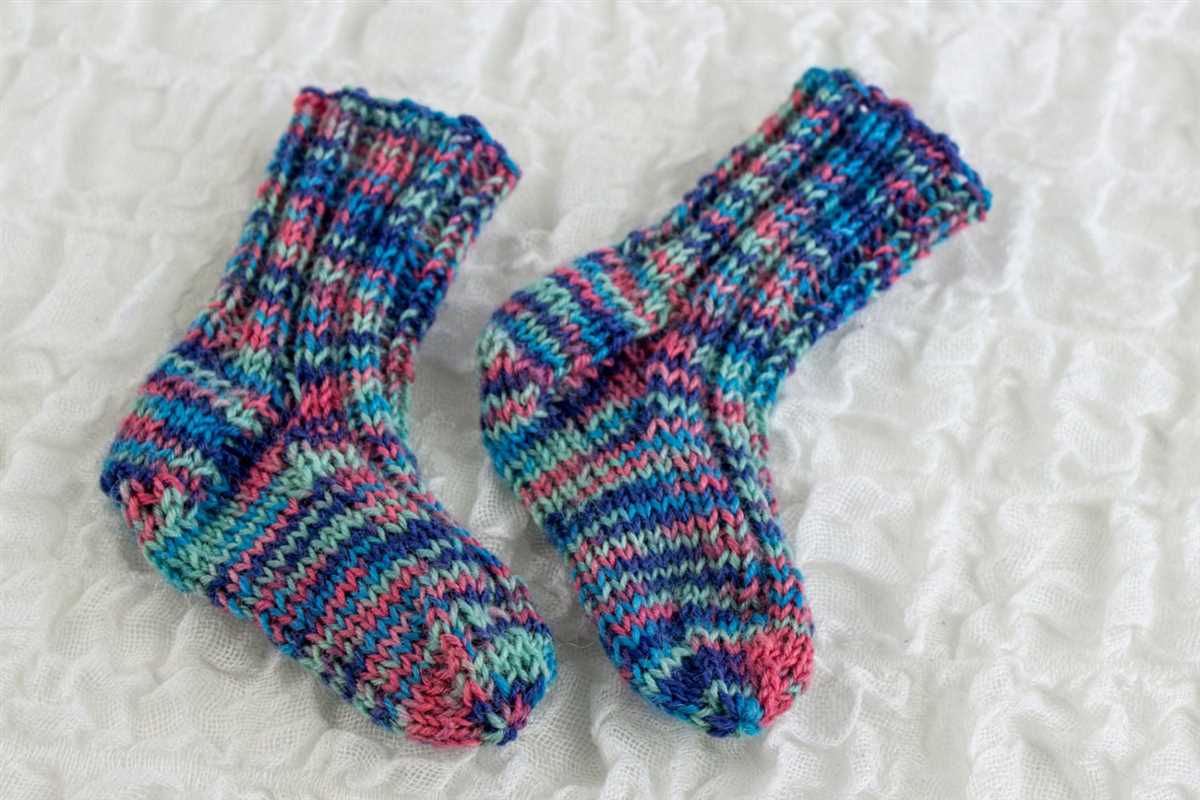
A knitted dickie is a versatile accessory that can be worn under a sweater or blouse to add an extra layer of warmth and style. It is a small, collar-like piece that covers the neck and chest area, providing insulation without the bulk of a full sweater. Whether you’re dressing up for a special occasion or just want to stay cozy on a chilly day, a knitted dickie is a perfect choice.
This free pattern for a knitted dickie is suitable for both beginner and experienced knitters. It uses basic knitting stitches and techniques, making it a great project for those new to knitting. The finished dickie has a simple yet classic design that can be customized with different yarns and colors to match your personal style.
With this pattern, you’ll be able to create your own knitted dickie in no time. It’s a fun and rewarding project that can be completed in just a few hours. So grab your knitting needles and yarn, and let’s get started!
Why knitting is popular
Knitting has been a popular pastime for centuries, and it continues to gain popularity today. There are several reasons why knitting has endured and remains a beloved craft.
Creative expression: Knitting allows individuals to express their creativity in a tangible and practical way. With just a few simple tools, knitters can create one-of-a-kind garments, accessories, and home decor items. The ability to choose colors, textures, and patterns means that each project can be personalized to reflect the knitter’s unique style and taste.
Relaxation and stress relief: Knitting has been shown to have a calming effect on the mind and body. The repetitive motions of knitting can help to reduce stress and promote relaxation. Many knitters find the rhythm of the needles and the focus required for each stitch to be meditative and soothing.
Social connection: Knitting is a social activity that brings people together. Knitting circles, or “stitch and bitch” groups, have become popular in recent years. These gatherings provide a space for knitters to come together, share their projects, and offer support and advice. Knitting can also be a way to connect with past generations, as it is a skill that has been passed down through families for generations.
Practicality and usefulness: Knitted items are not only beautiful, but they are also practical and useful. Hats, scarves, and sweaters keep us warm, while blankets and afghans provide comfort and coziness. Knitting allows us to create items that are not only aesthetically pleasing but also serve a purpose in our everyday lives.
Continued learning and skill development: Knitting offers a lifelong learning experience. There are always new techniques to master and new patterns to try. Knitters can challenge themselves with more complex projects or learn new skills such as lacework or colorwork. The continuous learning and skill development that knitting offers keep it interesting and exciting.
In conclusion, knitting remains popular because it provides an outlet for creativity, promotes relaxation, connects people, serves practical purposes, and offers a lifelong learning experience. Whether you are a seasoned knitter or just starting out, knitting has something to offer everyone.
Benefits of knitting
Knitting is a popular hobby that offers a wide range of benefits for those who practice it. Whether you are a beginner or an experienced knitter, there are several advantages to picking up your needles and yarn.
1. Stress relief: Knitting has been shown to have a calming effect on the mind and body. Focusing on the repetitive and rhythmic motion of knitting can help reduce stress, anxiety, and even improve sleep quality. It allows you to disconnect from the outside world and enter a state of relaxation.
2. Creativity: Knitting is a creative outlet that allows you to express your individuality. With an endless array of patterns, colors, and textures to choose from, you can create unique and personalized items. From scarves and hats to blankets and sweaters, the possibilities are endless.
3. Cognitive benefits: Knitting can help improve cognitive function. It requires concentration, problem-solving, and the ability to follow patterns, which can help keep your brain sharp. It also promotes hand-eye coordination and fine motor skills, making it a great activity for both young and old.
4. Social connection: Knitting can be a social activity that brings people together. Joining a knitting group or attending classes allows you to meet like-minded individuals who share your passion. It provides an opportunity to connect, share ideas, and learn from each other.
5. Productivity and satisfaction: Knitting offers a sense of accomplishment and satisfaction. Seeing a project come together and being able to wear or gift the finished item gives a sense of pride and fulfillment. It also provides a productive way to pass the time and can be a rewarding hobby.
In conclusion, knitting is not only an enjoyable pastime, but it also offers numerous physical, mental, and emotional benefits. Whether you want to relax, unleash your creativity, improve cognitive function, connect with others, or simply have a sense of accomplishment, knitting can be a wonderful activity to incorporate into your life.
What is a dickie?

A dickie, also known as a dickey or a false shirt front, is a type of garment that is worn to create the illusion of wearing a full shirt underneath an outfit, without the bulk or hassle of actually wearing a full shirt. It is typically made of lightweight fabric and is worn around the neck and shoulders, covering the chest area.
A dickie is a versatile accessory that can be worn for both practical and fashion purposes. It can be used to add an extra layer of warmth in colder weather, without the need for a bulky sweater or jacket. It is also commonly used in theatrical and costume design, to create the appearance of a specific type of collar or neckline.
There are many different styles and designs of dickies, ranging from simple and plain, to more elaborate and decorative. They can be made from a variety of fabrics, including cotton, silk, and lace. Some dickies have buttons or fastenings at the back, while others simply slip over the head.
Overall, a dickie is a practical and stylish accessory that can be used to enhance any outfit. Whether you need an extra layer of warmth or want to add a unique touch to your look, a dickie is a versatile and convenient choice.
Key phrases: dickie, dickey, false shirt front, garment, fabric, lightweight, neckline, theatrical, costume design, collar, warmth, extra layer, fashionable, versatile, practical.
Materials needed for knitting a dickie
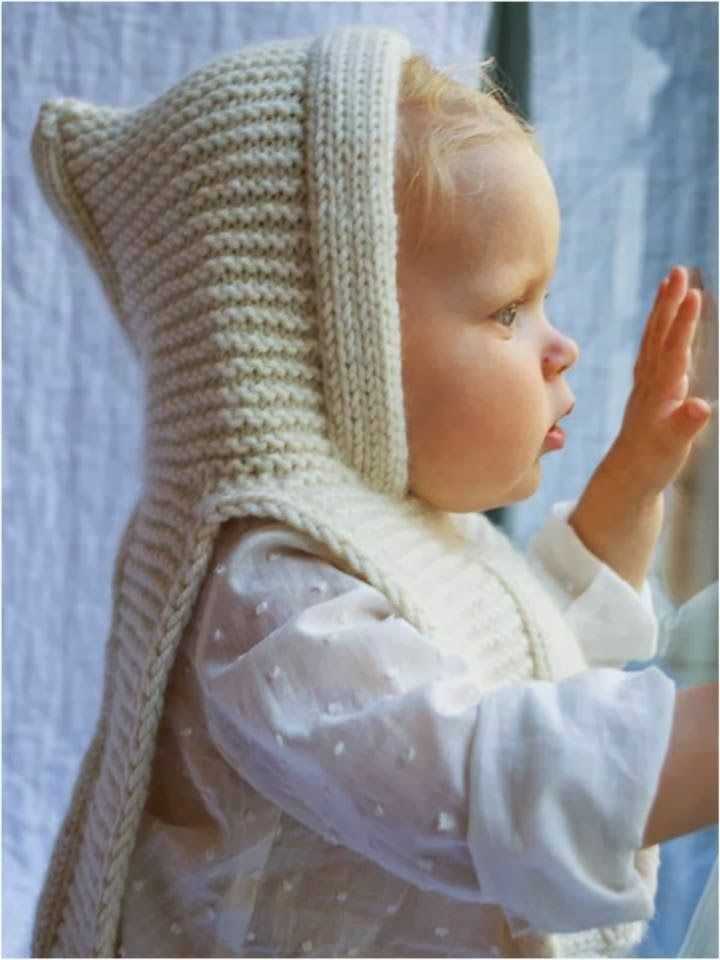
In order to knit a dickie, you will need a few key materials. These materials are essential for creating the perfect fit and ensuring the durability of your finished product.
1. Yarn:
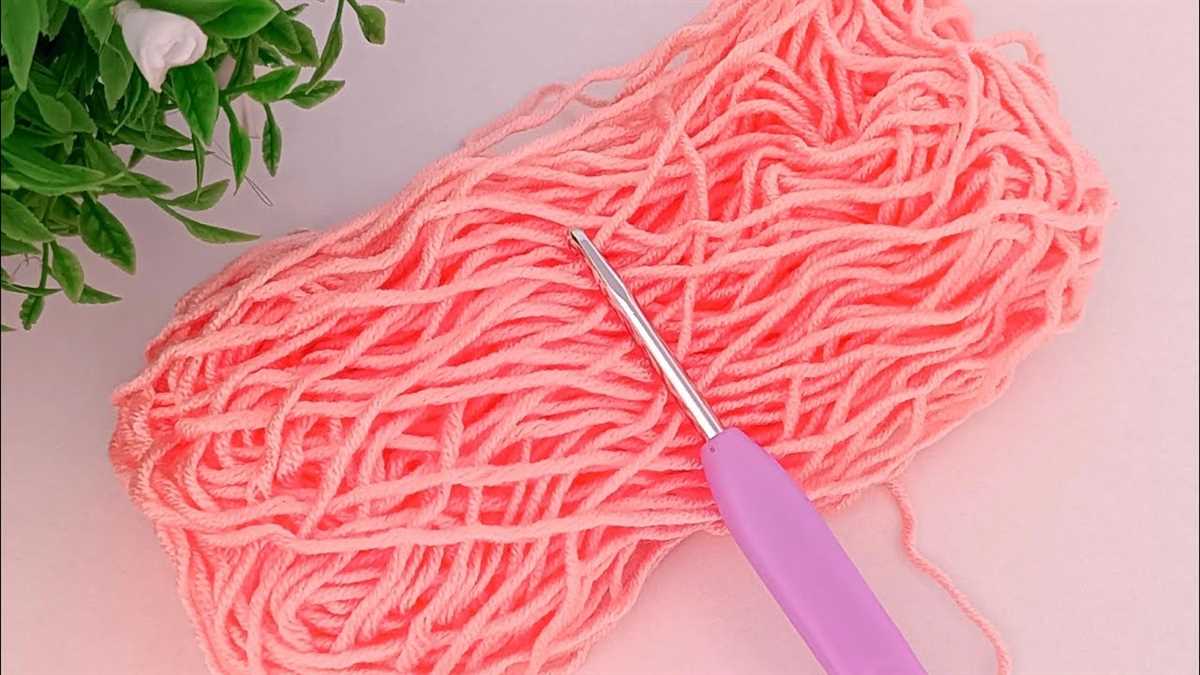
The first and most important material you will need is yarn. Choose a high-quality yarn that is soft, comfortable, and suitable for the season in which you plan to wear the dickie. Depending on your preference, you can choose from a variety of yarn weights and colors. Some popular options for knitting a dickie include wool, cotton, and acrylic yarn.
2. Knitting Needles:
Next, you will need knitting needles. The size of the needles you choose will depend on the gauge of your chosen yarn and the desired tightness or looseness of your stitches. It’s a good idea to have a few different sizes on hand to test out and ensure you achieve the desired results.
3. Stitch Markers:
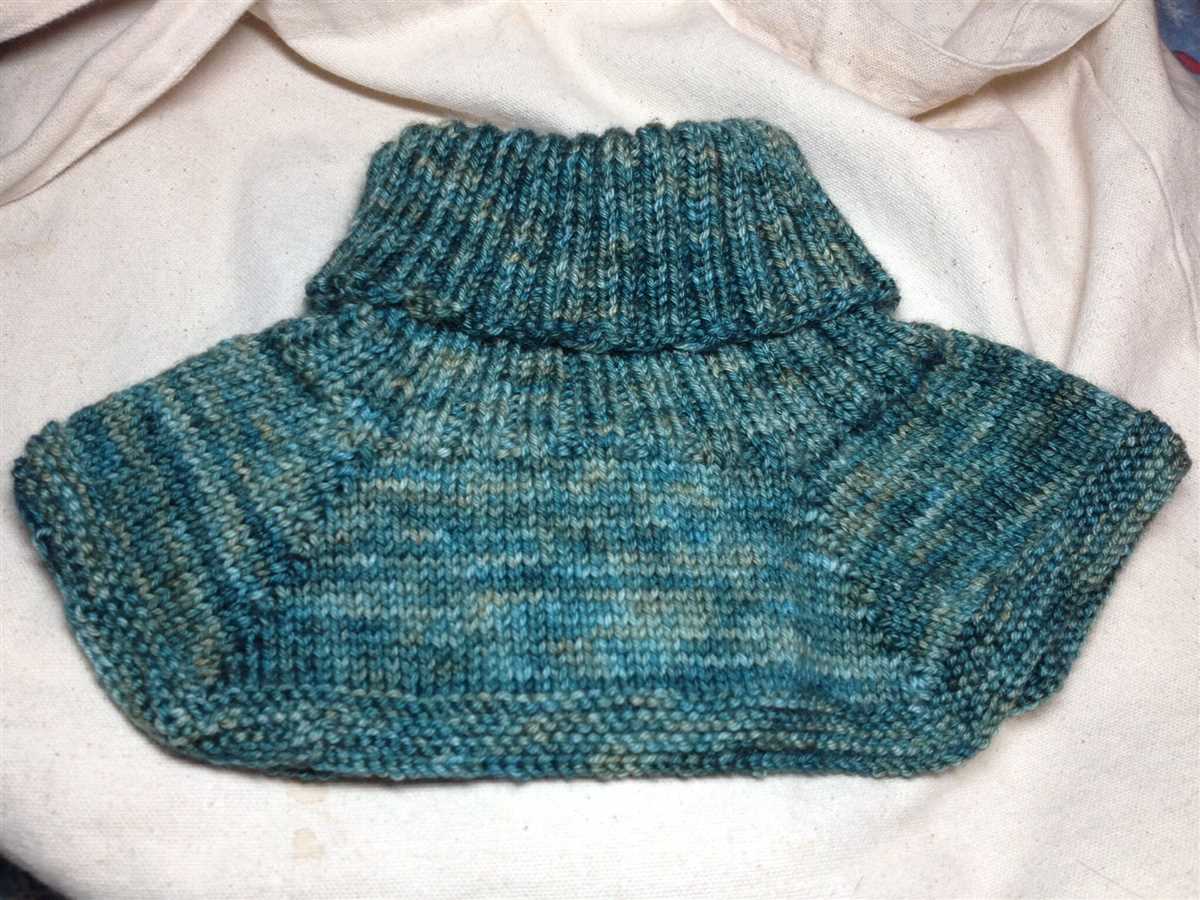
Stitch markers are helpful tools that can be used to mark specific stitches or sections of your knitting. They can help you keep track of your progress and prevent mistakes. These can be purchased at most craft stores or can be made out of small pieces of contrasting yarn or rubber bands.
4. Scissors:
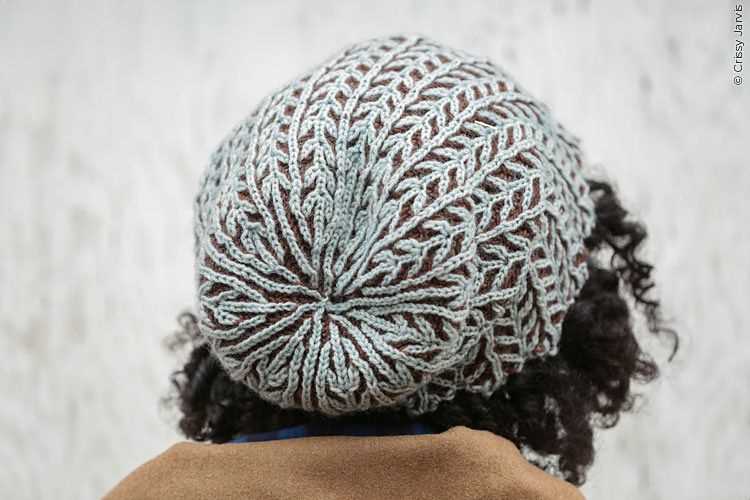
A pair of sharp scissors is necessary for cutting your yarn and trimming any excess fabric. Make sure to have a dedicated pair of scissors for your knitting projects to avoid damaging your other tools or causing accidents.
5. Yarn Needle:
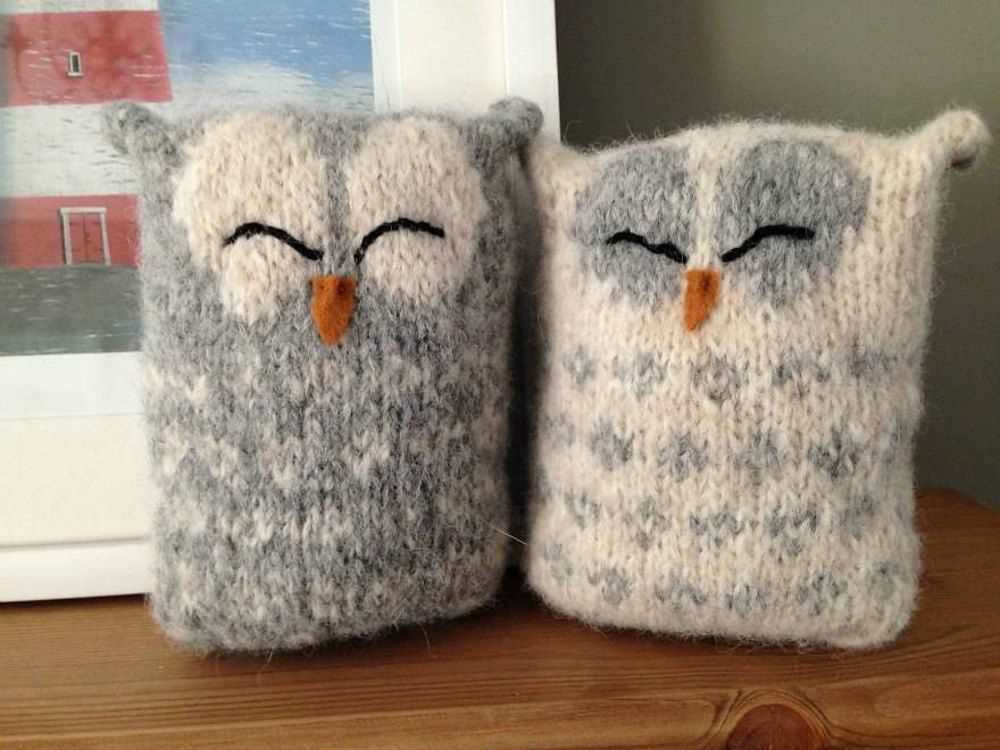
A yarn needle, also known as a tapestry needle, is essential for weaving in any loose yarn ends and finishing your dickie. Look for a needle with a large eye to easily thread your yarn through, and a blunt tip to prevent accidents while stitching.
With these materials on hand, you’ll be ready to cast on and start knitting your own cozy and stylish dickie. Enjoy the process, and get creative with the colors and patterns you choose!
Yarn
Yarn is a crucial component in knitting, as it defines the texture, appearance, and overall quality of a knitted item. It is made from various natural or synthetic fibers, such as wool, cotton, acrylic, or silk. Each type of yarn has its own unique properties and characteristics, making it suitable for different types of projects.
When choosing yarn for a knitted dickie, it is important to consider factors such as the desired warmth, comfort, and drape of the finished garment. Chunky or bulky yarns made from wool or acrylic are often preferred for colder climates, as they provide excellent insulation. On the other hand, lightweight yarns like cotton or silk are ideal for spring or summer projects, as they offer breathability and a delicate drape.
When it comes to color selection, knitters have a wide range of options. Yarns are available in solid colors, variegated hues, or even self-striping patterns, allowing for endless creative possibilities. For a traditional and timeless look, neutral tones like black, gray, or cream are a popular choice. For those who prefer a bolder aesthetic, vibrant shades of red, blue, or purple can add a pop of color to the knitted dickie.
Before starting a knitting project, it is important to check the recommended gauge and needle size for the chosen yarn. This ensures that the finished garment will have the correct measurements and fit. Additionally, it is advisable to purchase more yarn than what is initially estimated, as mistakes or modifications may require extra material.
Knitting Needles
When it comes to knitting, one of the most important tools you’ll need is a pair of knitting needles. These long, slender tools are essential for creating stitches and manipulating the yarn as you work on your project.
Knitting needles come in a variety of materials, including wood, metal, and plastic. Each material has its own unique qualities and benefits. For example, wooden needles are lightweight and warm to the touch, while metal needles are strong and durable. Some knitters prefer the smoothness of metal needles, while others enjoy the gentle grip provided by wooden needles.
In addition to different materials, knitting needles also come in a range of sizes. The size of the needles you choose depends on the thickness of the yarn you’re using and the desired gauge of your project. Knitting needle sizes are measured in millimeters or in sizes ranging from 0 to 50, with larger sizes indicating thicker needles.
When selecting knitting needles, it’s important to consider your own personal preference and the needs of your project. Some knitters enjoy using circular needles, which have a flexible cord connecting the two needle tips, as they allow for knitting in the round and working on larger projects with ease. Others prefer straight needles, which are great for smaller projects and simple stitch patterns.
Other materials
Aside from the yarn, there are a few other materials you may need to complete your knitted dickie. These materials can vary depending on the pattern you choose, but here are some common ones:
- Knitting needles: You will need a pair of knitting needles suitable for the yarn weight you are using. The pattern should specify the recommended needle size, but you may need to adjust it to achieve the correct gauge.
- Tapestry needle: This needle is used for weaving in ends and sewing any seams.
- Stitch markers: These small loop-shaped markers help you keep track of specific stitches or pattern repeats.
- Scissors: A sharp pair of scissors will come in handy for cutting the yarn and trimming any excess.
- Measuring tape: A flexible measuring tape is essential for checking your gauge and measuring the length of the dickie.
Depending on the pattern, you may also need additional materials such as buttons, ribbon, or other decorative elements. Make sure to read the pattern instructions carefully to determine if any extra materials are required.
Choosing the right pattern
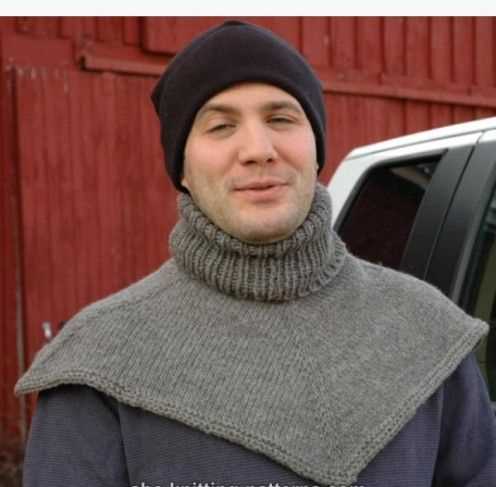
When it comes to choosing the right pattern for a knitted dickie, there are several factors to consider. First and foremost, you want to choose a pattern that suits your skill level. If you’re a beginner knitter, look for a pattern that is labeled as easy or beginner-friendly. These patterns typically involve basic stitches and simple construction, making them perfect for those who are just starting out.
Another important factor to consider is the style and design of the pattern. Knitted dickies come in various styles, including lace, ribbed, and cable patterns. Think about the look you’re going for and choose a pattern that matches your personal taste and style. If you’re unsure, browsing through different patterns online or in knitting books can help you get an idea of the different styles available.
Additionally, consider the materials required for the pattern. Some patterns may call for specific types of yarn or needle sizes. Make sure you have the necessary materials or are willing to obtain them before starting the project. It’s also worth considering the level of difficulty in terms of yarn weight and needle size. Thicker yarn and larger needles tend to make the knitting process faster and easier, while thinner yarn and smaller needles can offer more intricate detailing.
Lastly, take into account the sizing options available in the pattern. Ensure that the pattern provides instructions for the size you need or offers modifications for different sizes. It’s always a good idea to take accurate body measurements to ensure a proper fit.
By considering your skill level, style preferences, materials, and sizing options, you can choose a pattern that will result in a knitted dickie that you’ll be proud to wear or give as a gift.
Different types of dickie patterns
A dickie, also known as a false collar or a removable collar, is a versatile accessory that can easily transform any outfit. There are various types of dickie patterns available, each offering a unique style and design. Whether you prefer a classic, elegant look or a trendy, modern vibe, you can find a dickie pattern that suits your taste. Below are some popular types of dickie patterns:
1. Ruffled collar dickie:
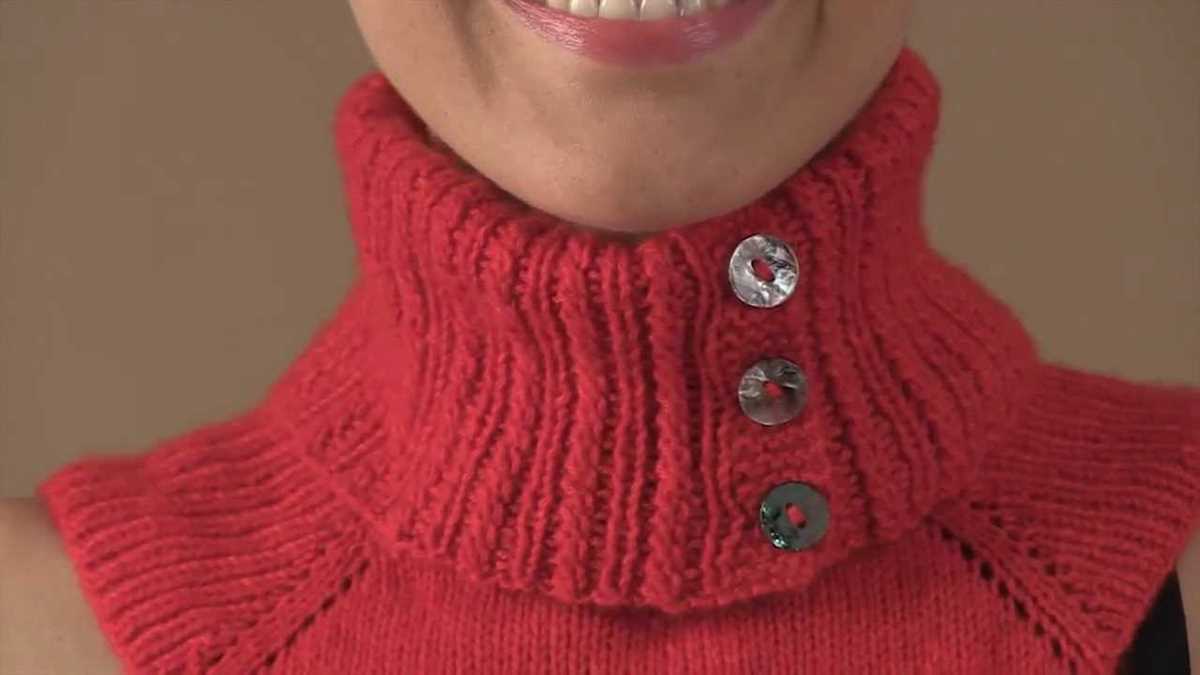
A ruffled collar dickie adds a feminine touch to any ensemble. It features delicate ruffles along the collar, giving a romantic and vintage-inspired look. This type of dickie pattern is perfect for pairing with dresses or blouses for a sophisticated and charming outfit.
2. Lace dickie:
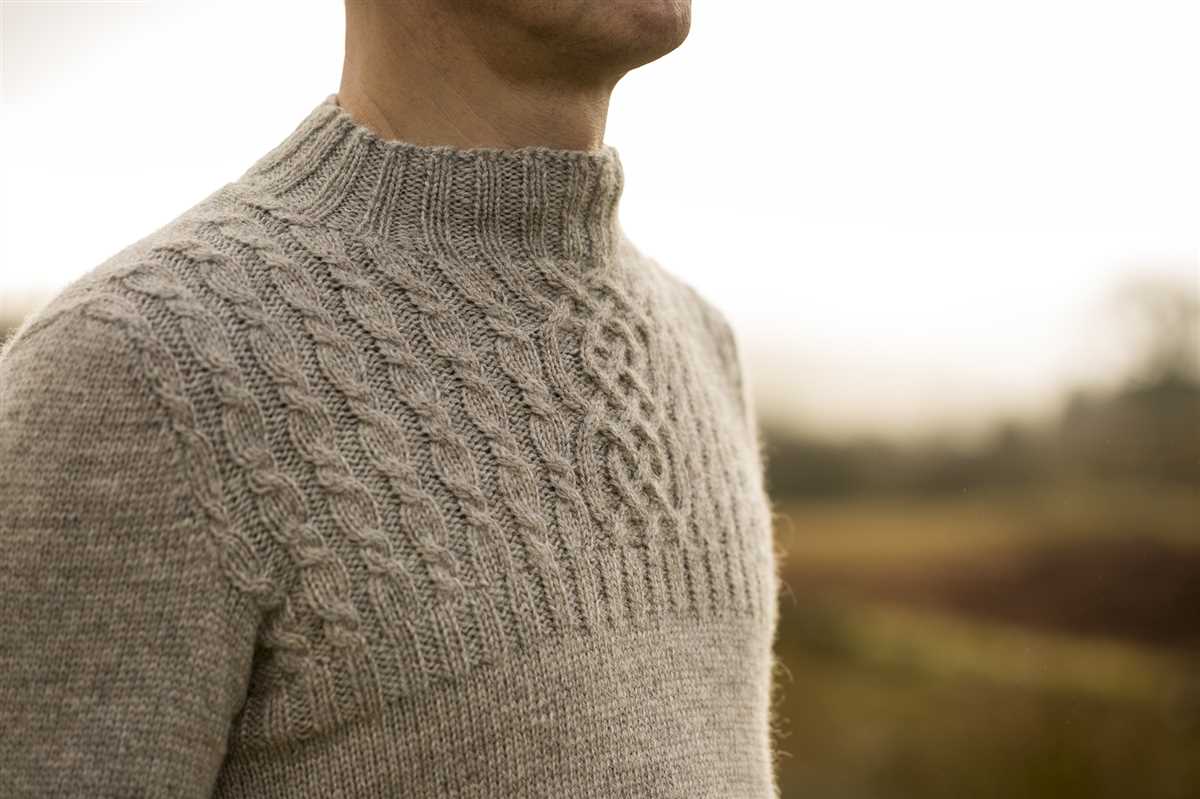
A lace dickie adds a touch of elegance and femininity to any outfit. It features intricate lace patterns that create a delicate and romantic look. This type of dickie pattern is ideal for dressing up a simple blouse or sweater, adding a sophisticated and stylish touch to your ensemble.
3. Turtleneck dickie:
A turtleneck dickie is perfect for adding an extra layer of warmth and style to your outfit. It features a high neck that can be folded or worn up, providing additional coverage during colder months. This type of dickie pattern is great for pairing with sweaters or jackets, giving a cozy and fashionable look.
4. Button-down dickie:
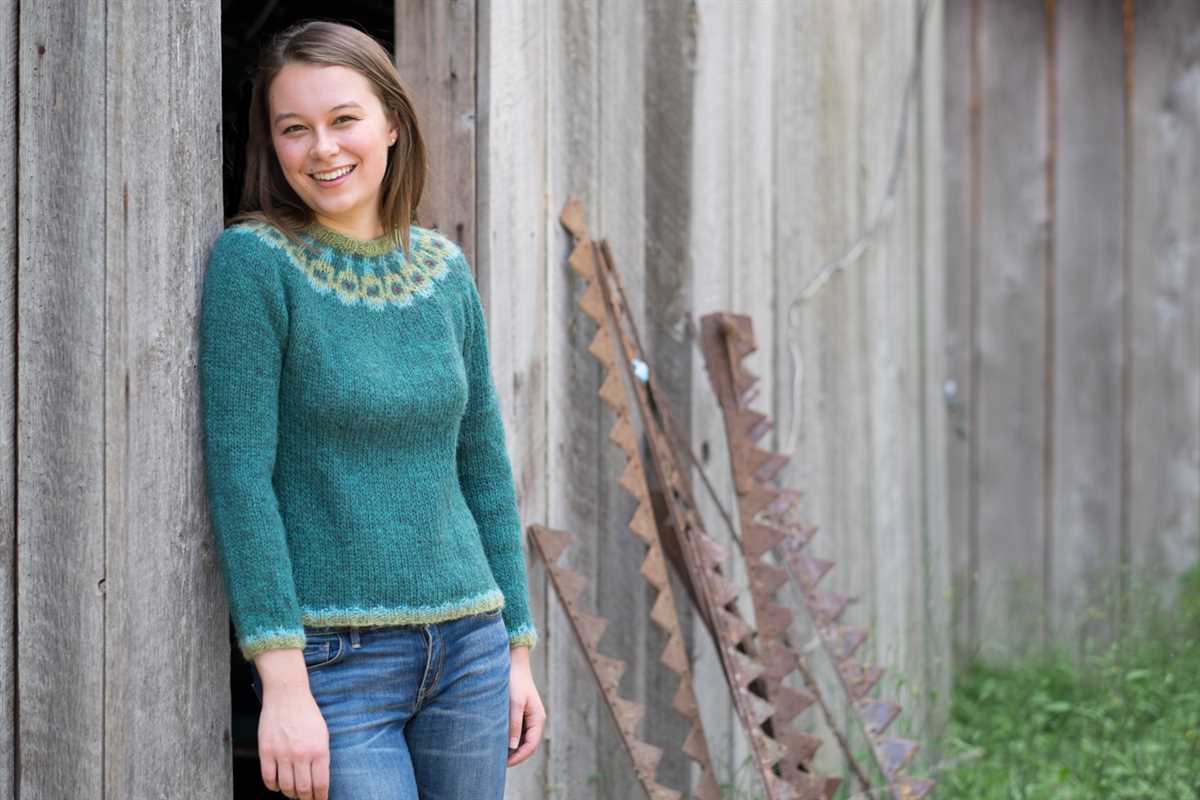
A button-down dickie offers a classic and polished look. It features a collar and buttons down the front, mimicking the appearance of a traditional shirt. This type of dickie pattern is versatile and can be worn under sweaters, blazers, or even as a standalone piece. It adds a professional and put-together vibe to any outfit.
With the wide variety of dickie patterns available, you can easily enhance your wardrobe and create a unique style. Whether you prefer a feminine, elegant look or a classic, polished vibe, there is a dickie pattern out there for you. Don’t be afraid to experiment with different styles and designs to find the one that suits your personal taste and fashion preferences.
Factors to consider when choosing a pattern
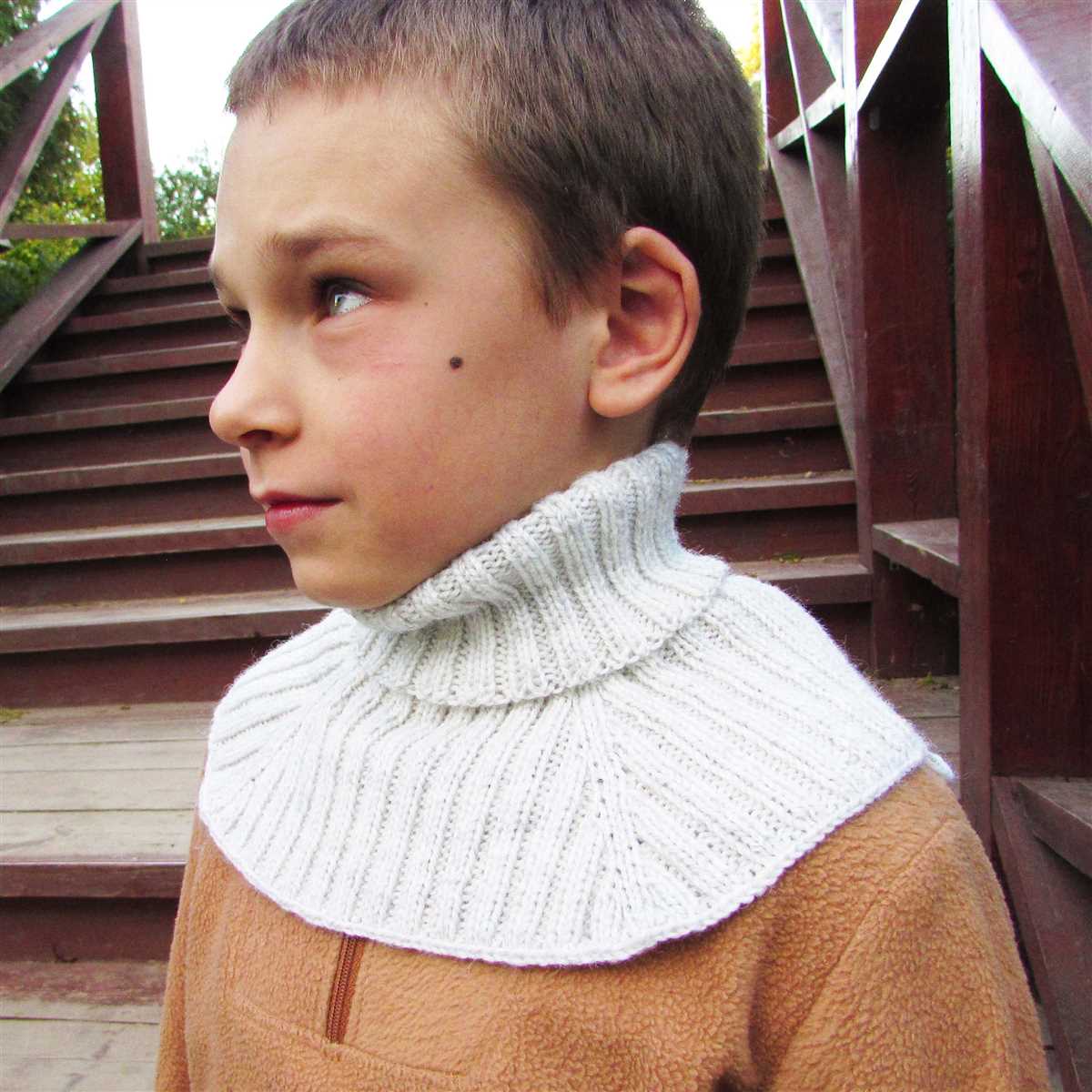
When choosing a pattern for your knitted dickie, there are several factors to consider. These factors will help ensure that you select a pattern that is suitable for your skill level, desired style, and intended use.
Skill Level
One of the most important factors to consider when choosing a pattern is your skill level. If you are a beginner knitter, you may want to choose a pattern that is labeled as “easy” or “beginner-friendly.” These types of patterns typically use basic stitches and have simple instructions, making them easier to follow. On the other hand, if you are an experienced knitter looking for a challenge, you may want to choose a pattern that is labeled as “advanced” or “intermediate.” These patterns often include more complex stitches and techniques that may require some additional skills and experience.
Style
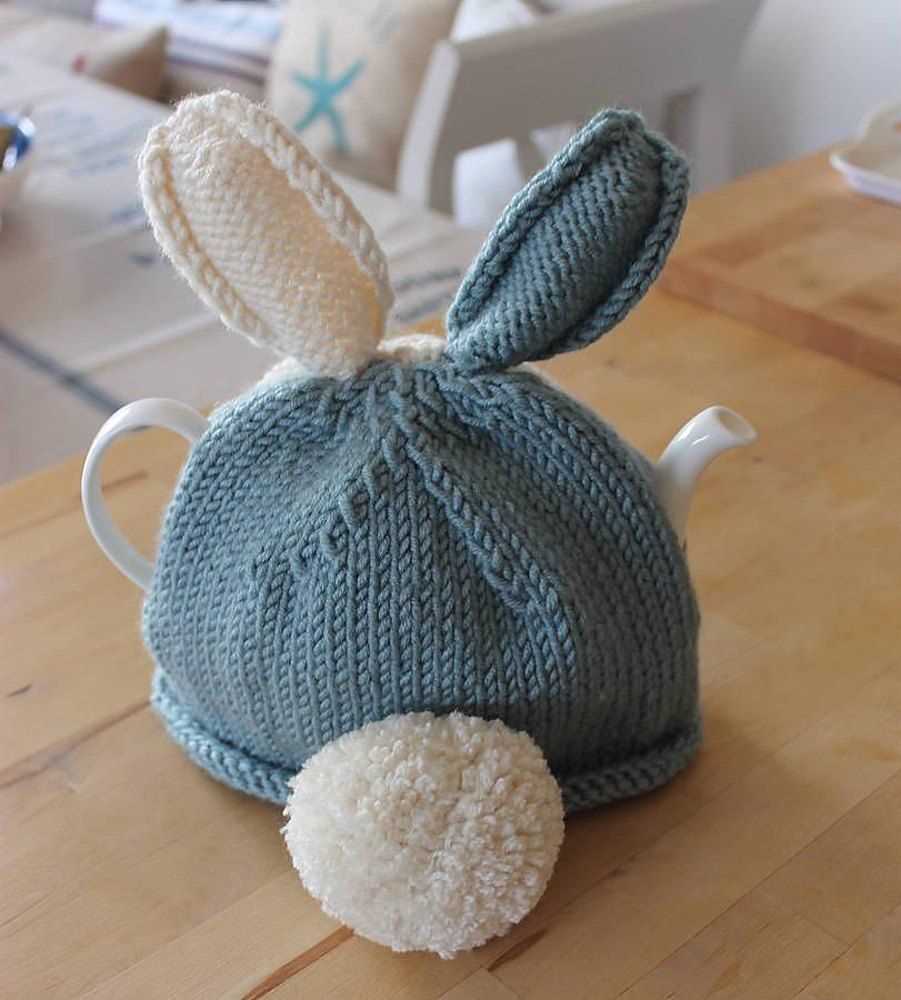
Another factor to consider is the style of the pattern. Dickies come in various styles, such as cowl necks, mock necks, and v-necks. You should choose a pattern that matches your personal style and preferences. Additionally, consider the intended use of the dickie. If you plan to wear it under a sweater or jacket, you may want to choose a pattern that is more fitted and lightweight. Conversely, if you are looking to make a statement with your dickie and wear it as a standalone accessory, you may want to choose a pattern that is more oversized or textured.
Yarn Requirements
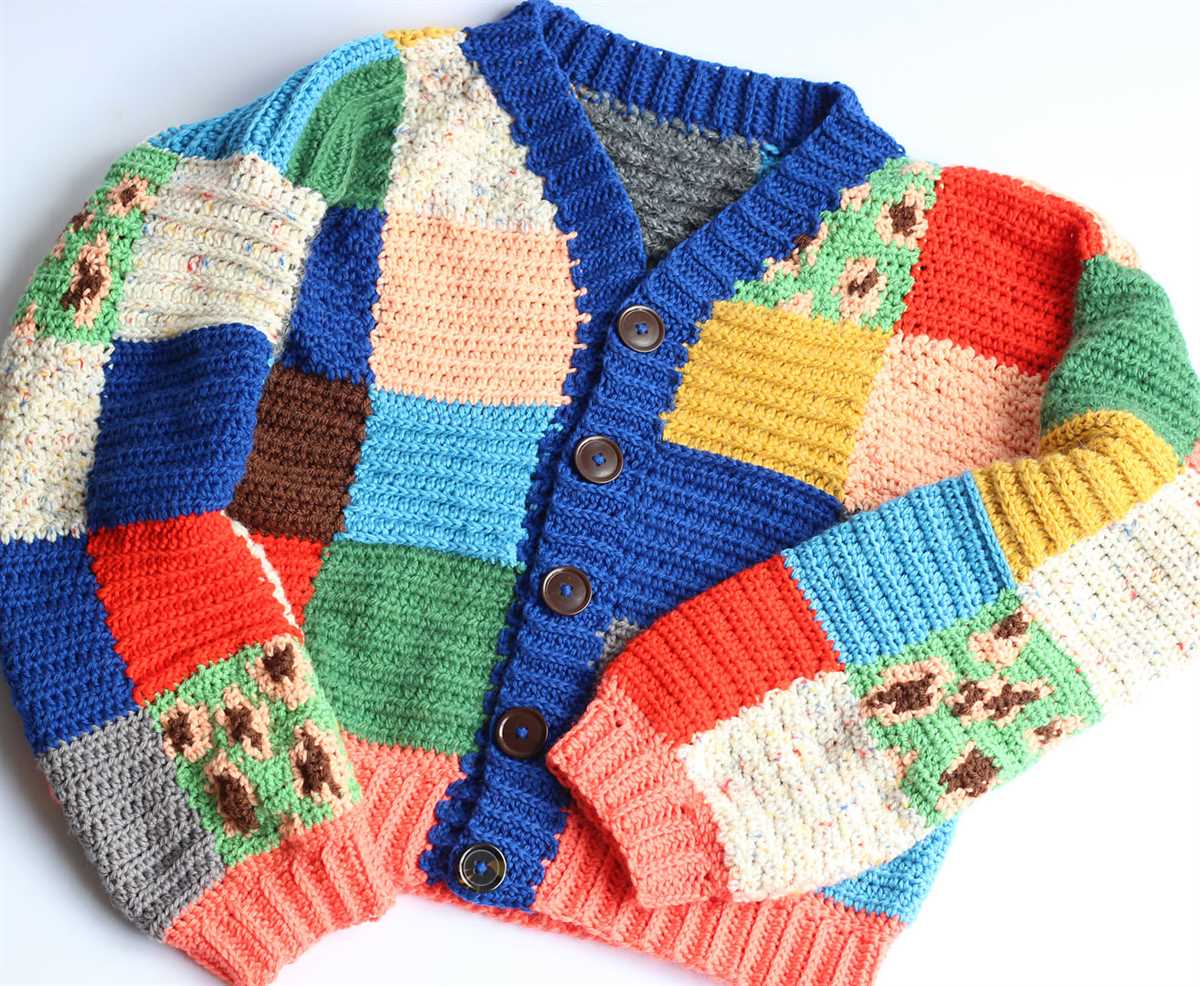
Before committing to a pattern, it is important to consider the yarn requirements. The pattern should specify the type of yarn and the yardage needed to complete the project. Make sure that you have access to the recommended yarn or a suitable substitute and that you have enough yarn to complete the pattern. Additionally, consider the gauge (number of stitches and rows per inch) specified in the pattern. If your gauge differs from the pattern’s gauge, you may need to make adjustments to achieve the desired size and fit.
Additional Accessories
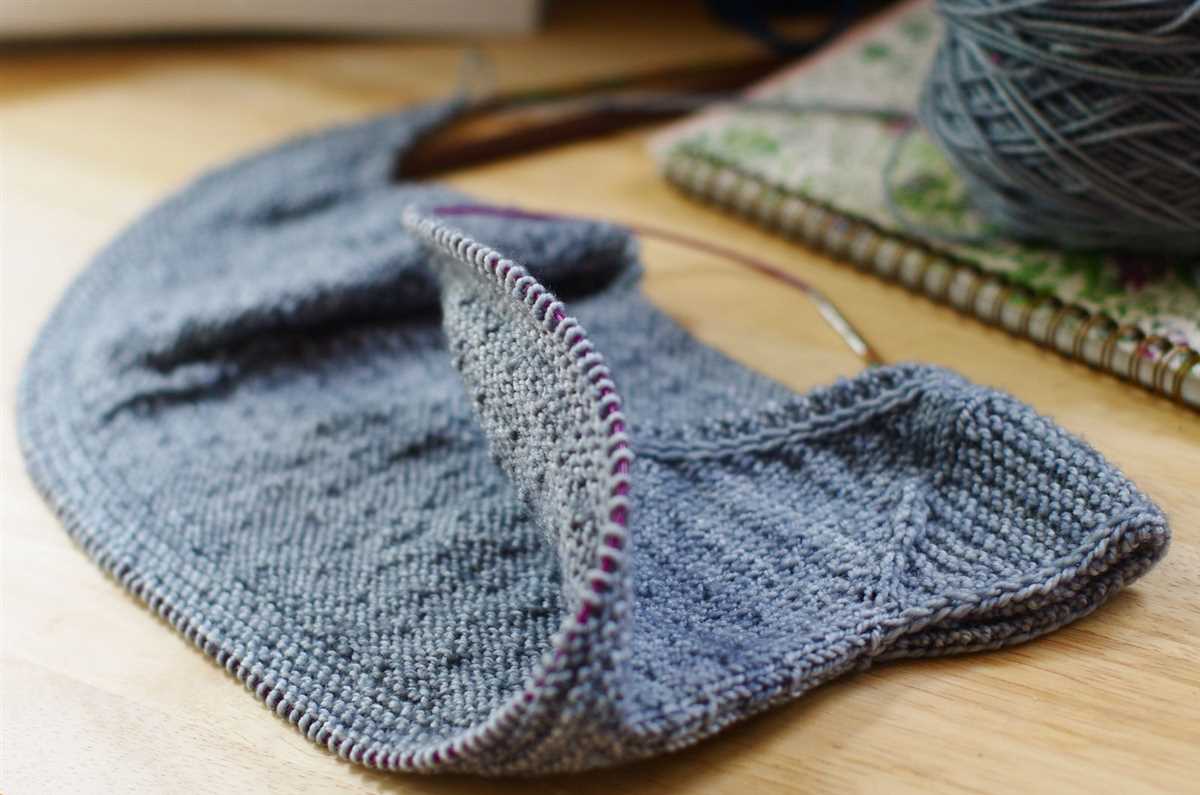
Lastly, consider any additional accessories or techniques required by the pattern. Some patterns may require the use of circular needles, double-pointed needles, or specific stitch markers. Make sure that you have the necessary tools and are comfortable using them before choosing a pattern. Additionally, pay attention to any special techniques or stitch patterns used in the pattern. If you are unfamiliar with these techniques, consider whether you are willing to learn and practice them or if you prefer a more straightforward pattern.
Step-by-step instructions for knitting a dickie
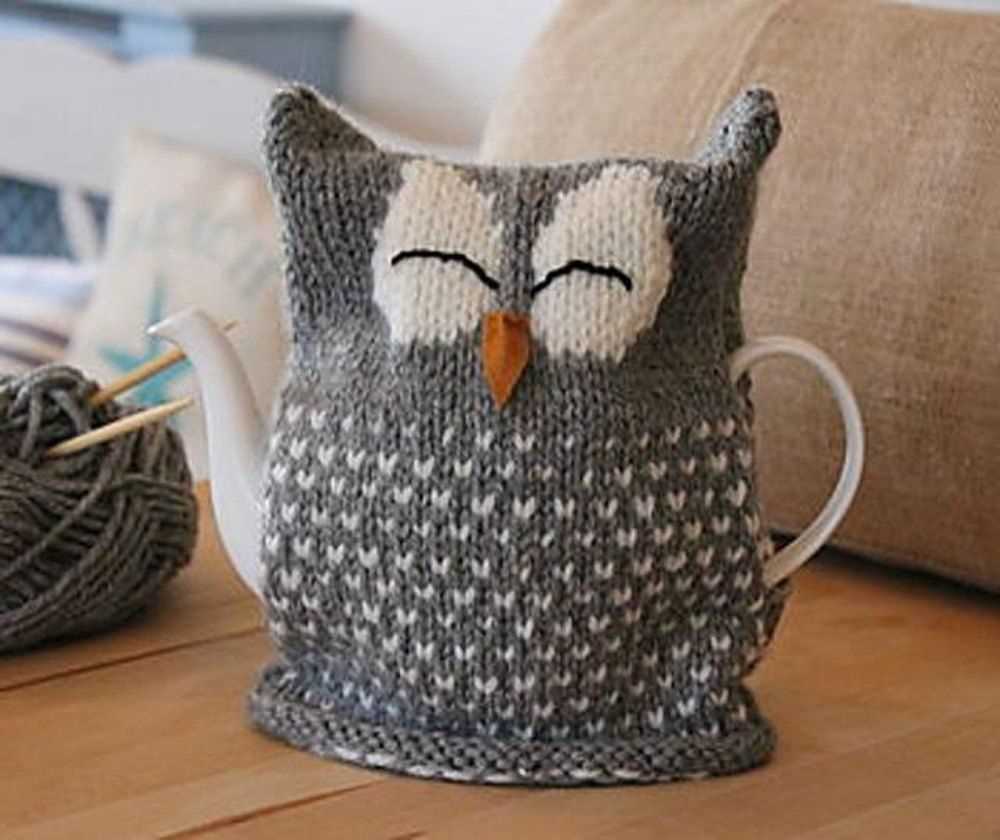
Knitting a dickie is a fun and rewarding project that can be completed in just a few hours. Whether you’re an experienced knitter or a beginner looking for a challenge, this step-by-step guide will help you create a cozy and stylish dickie to wear on chilly days.
Materials:
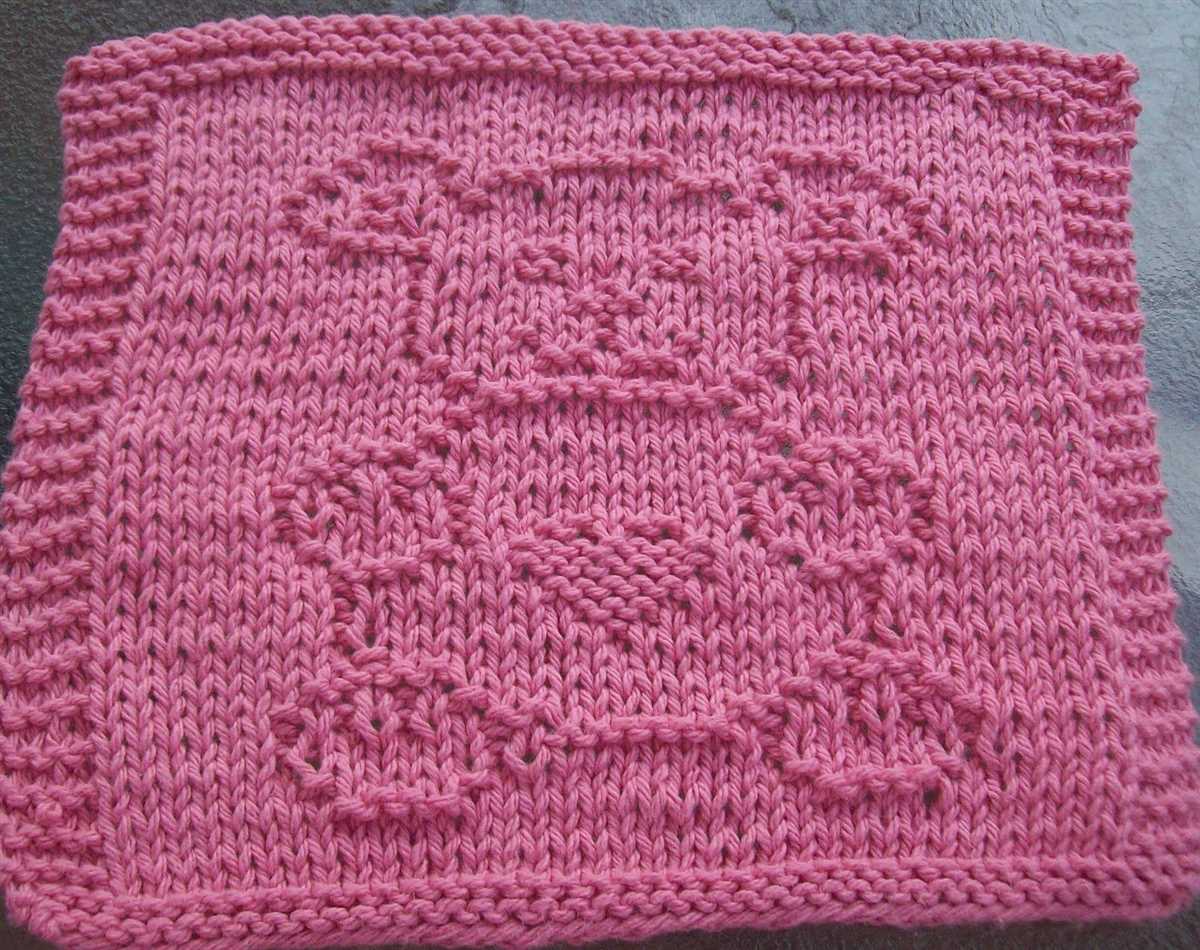
- Worsted weight yarn
- Size 8 knitting needles
- Tapestry needle
- Scissors
Instructions:
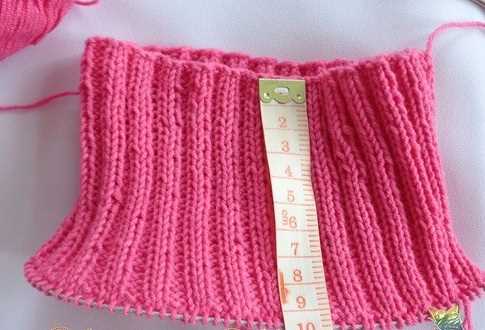
1. Cast on stitches: To start your dickie, cast on 54 stitches using the long-tail cast-on method. This will create the foundation of your dickie.
2. Knit the ribbing: Once you have cast on your stitches, begin knitting in a K2, P2 ribbing pattern. Continue this ribbing pattern for the first 2 inches of your dickie to create a stretchy and snug fit around the neck.
3. Switch to stockinette stitch: After completing the ribbing, switch to knitting in stockinette stitch. Knit every row for the next 6 inches, creating a smooth and even texture.
4. Shape the shoulder: To shape the shoulder section of your dickie, begin decreasing stitches. Knit 2 stitches together at the beginning and end of every other row for a total of 6 times. This will gradually decrease the width of your dickie on each side.
5. Bind off: Once you have reached the desired length for your dickie, bind off all stitches. Cut the yarn, leaving a long tail for seaming.
6. Seam the shoulders: Fold your dickie in half, lining up the shoulder edges. Use a tapestry needle and the long yarn tail to seam the shoulder edges together using the mattress stitch.
7. Weave in ends: Finally, weave in any remaining loose ends to tidy up your dickie and make it ready to wear.
Now that you’ve completed these steps, you have your very own knitted dickie! Experiment with different yarn colors and stitch patterns to personalize your design. Whether you wear it under a sweater for extra warmth or as a stylish accessory on its own, your dickie is sure to keep you cozy and fashionable.
Casting on
When starting a knitting project, the first step is to cast on the stitches onto the knitting needles. Casting on is the process of creating the foundation row of stitches that will form the edge of the knitting. There are several different methods for casting on, each with its own advantages and ideal uses.
One common method of casting on is the long tail cast on. To do this, you will need to estimate how long of a tail you will need for your project. The tail should be about three times the width of the finished piece. Hold the tail in your right hand and the working yarn in your left. Make a slipknot with the tail and place it on the left needle. Then, with the working yarn, create a loop on your thumb and insert the right needle through the loop, catching the working yarn and pulling it through to create a new stitch. Repeat this process until you have cast on the desired number of stitches.
Another method is the knitted cast on, which creates a stretchier edge. To do this, simply make a slipknot and insert the right needle into the slipknot as if to knit. Wrap the working yarn around the needle and pull it through the loop, creating a new stitch. Repeat this process until you have cast on the desired number of stitches.
Regardless of which method you choose, it is important to ensure that your cast on edge is neither too tight nor too loose. A good rule of thumb is to cast on a few extra stitches and then measure the width of your cast on edge. If it is too tight, try casting on again using a larger needle size. If it is too loose, try casting on again using a smaller needle size. Once you are satisfied with the tension of your cast on, you can begin knitting the first row of your project.
Knitting the Body
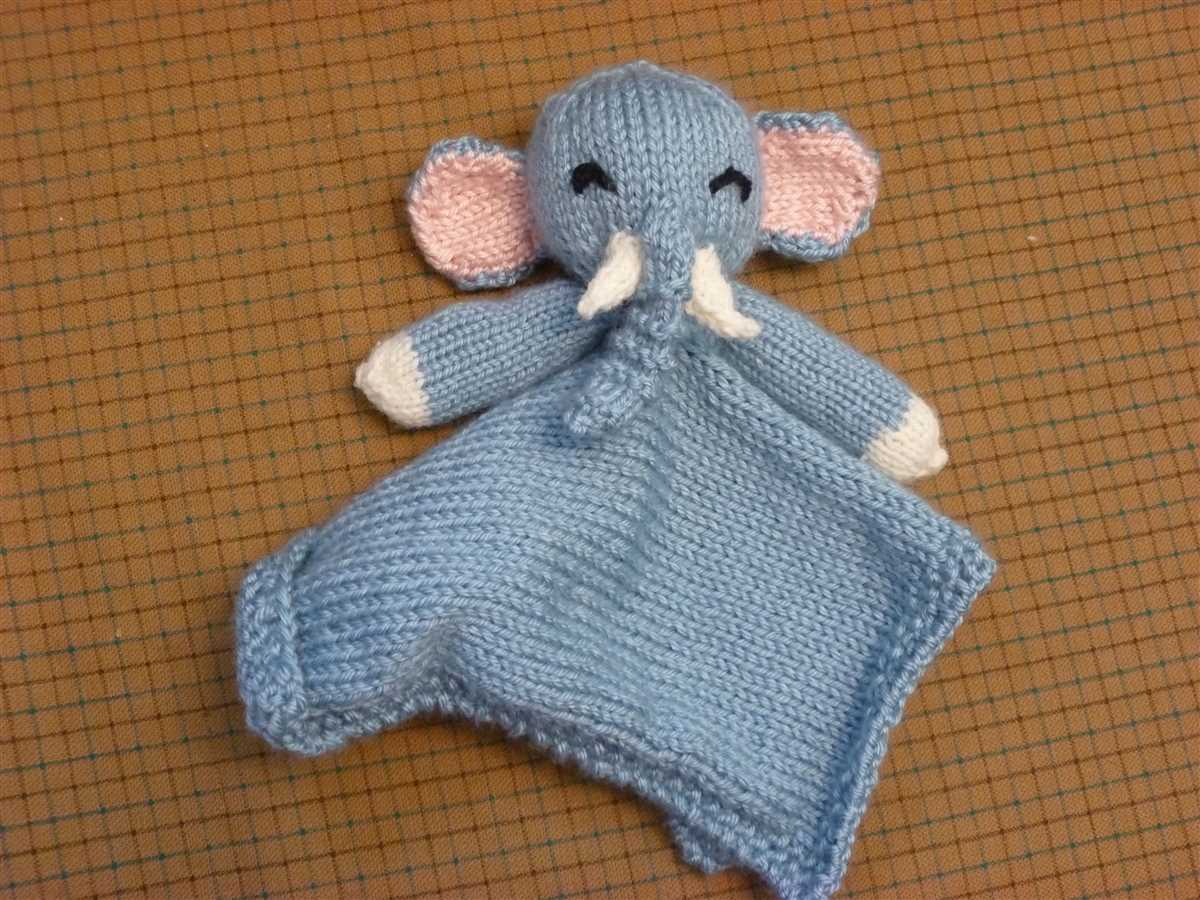
After finishing the collar, it’s time to start knitting the body of the dickie. This section will guide you through the steps to complete this part of the pattern.
To begin, you will continue working with circular needles. Join the yarn at the edge of the collar and make sure to leave a long tail for later use. Use the stockinette stitch for the body, knitting every round until you reach the desired length. Keep in mind the measurements provided in the pattern to ensure a proper fit.
Here are a few key points to remember while knitting the body:
- Continue knitting in the round until you reach the desired length. This will create a seamless finish.
- Remember to periodically check your gauge to ensure you are knitting to the correct measurements.
- Take breaks as needed to prevent hand fatigue and maintain your stitch consistency.
- Keep track of your progress by counting the rounds or using a stitch marker.
Once you have reached the desired length, it’s time to bind off your stitches. Cut the yarn, leaving a long tail for seaming later on. Thread the tail through a yarn needle and slip the needle through each stitch, removing them from your circular needles. Gently pull the yarn tight to secure the stitches.
Congratulations! You have successfully completed knitting the body of your dickie. Now it’s time to move on to the next step, which is seaming the sides and adding any finishing touches.
Remember: Knitting is a craft that takes practice and patience. Don’t get discouraged if your first attempt doesn’t turn out perfect. Enjoy the process and embrace any mistakes as learning opportunities. With each project, you’ll improve your skills and create beautiful handmade items.